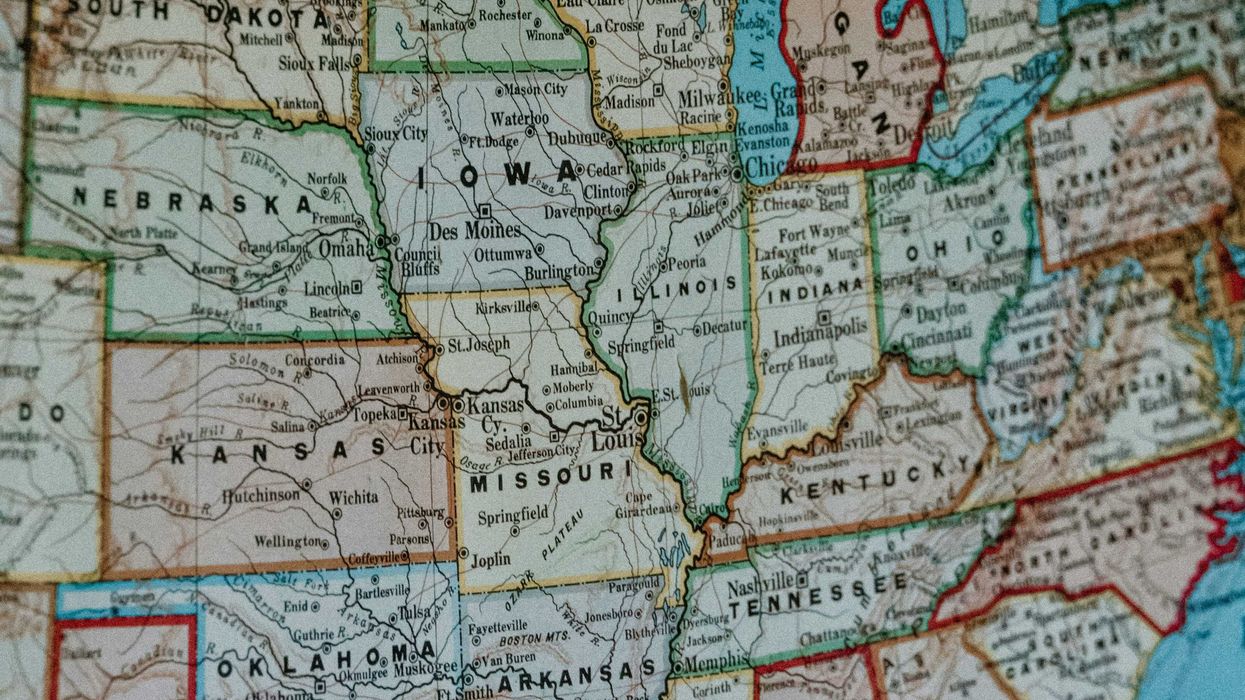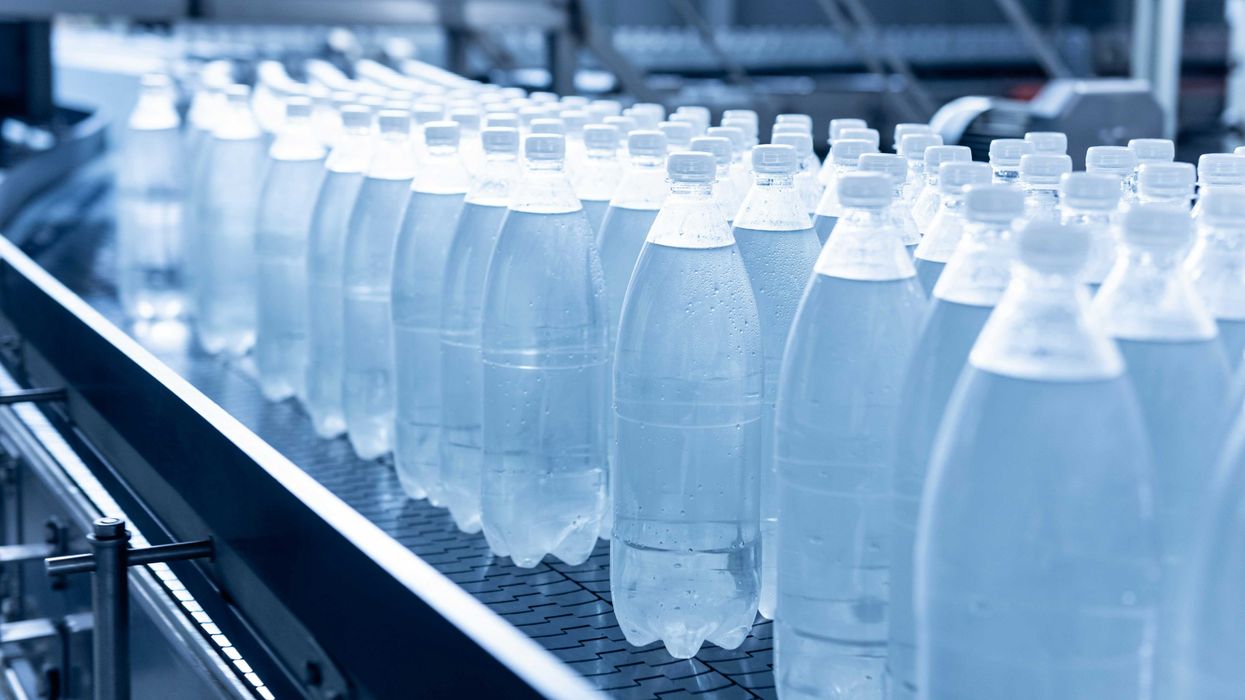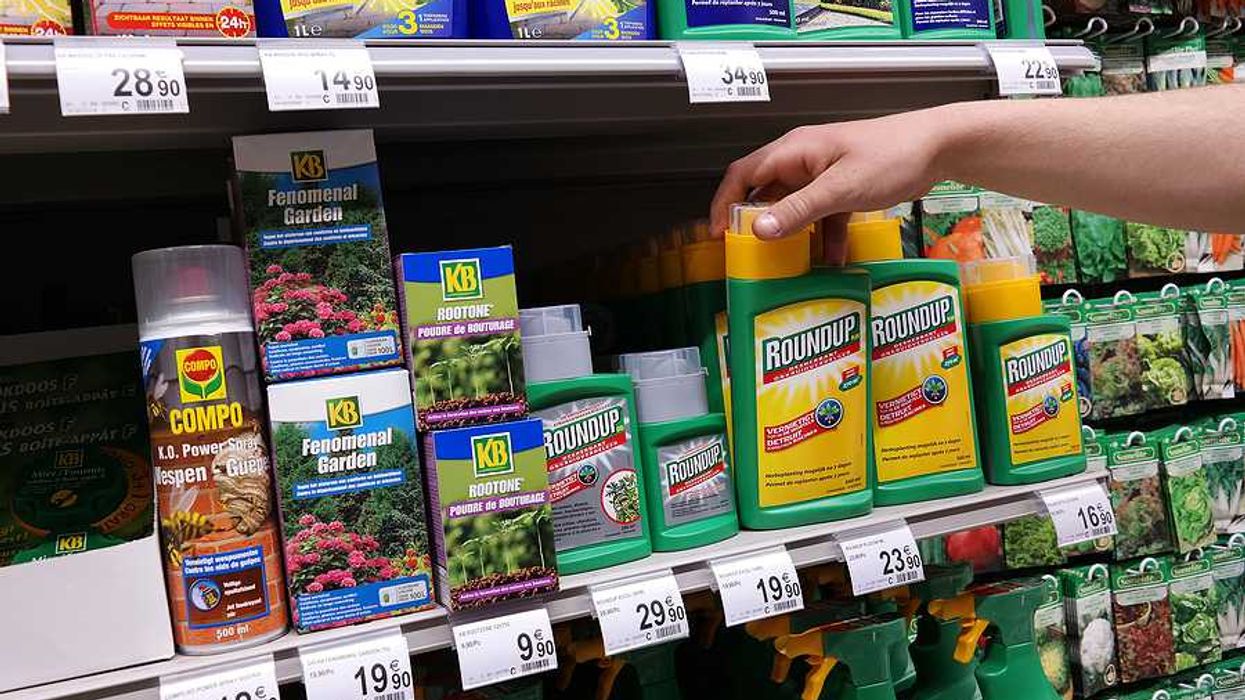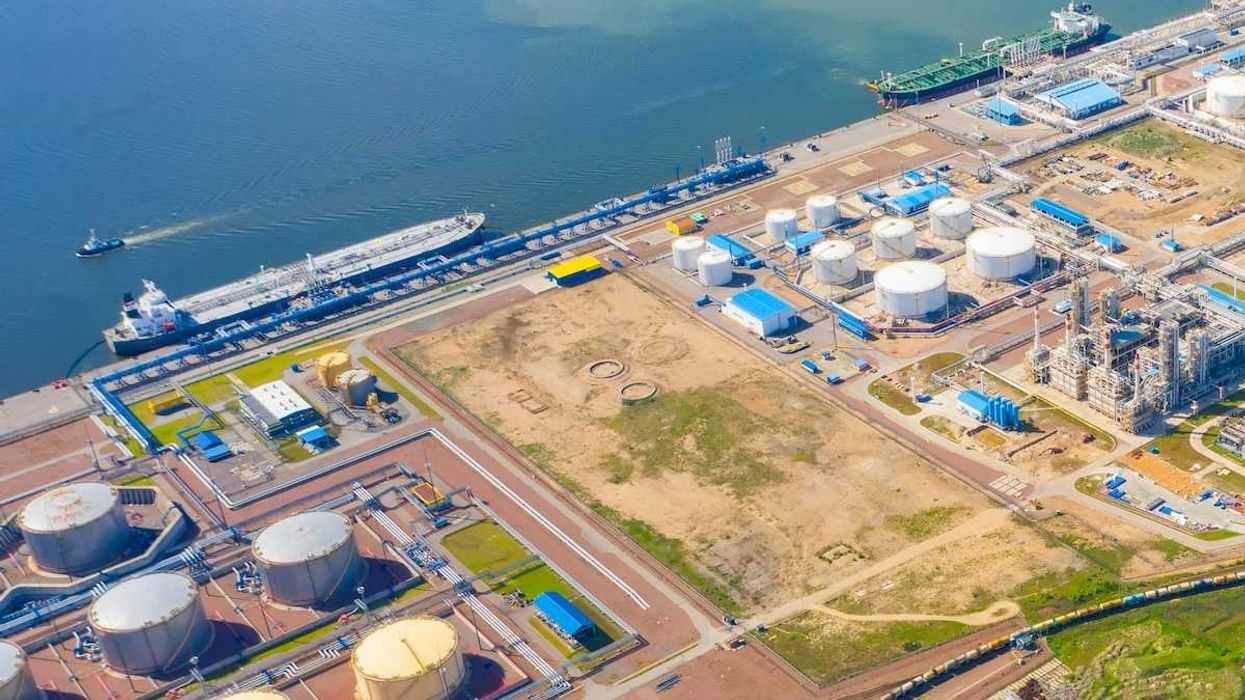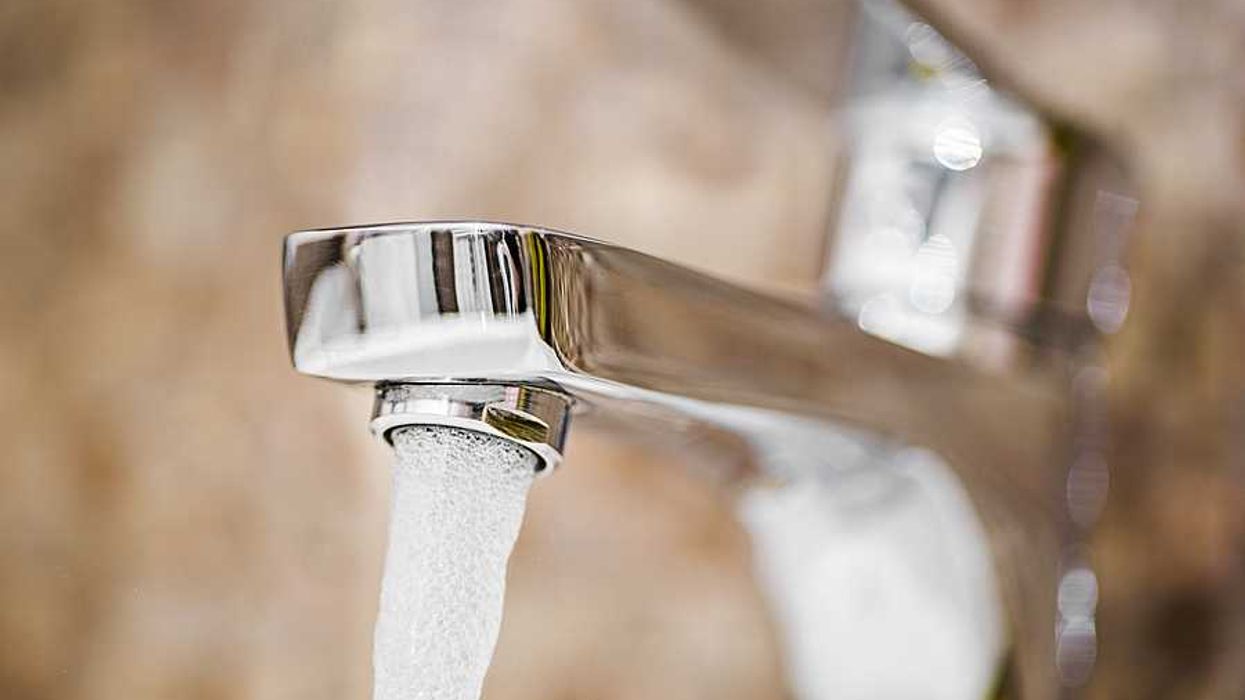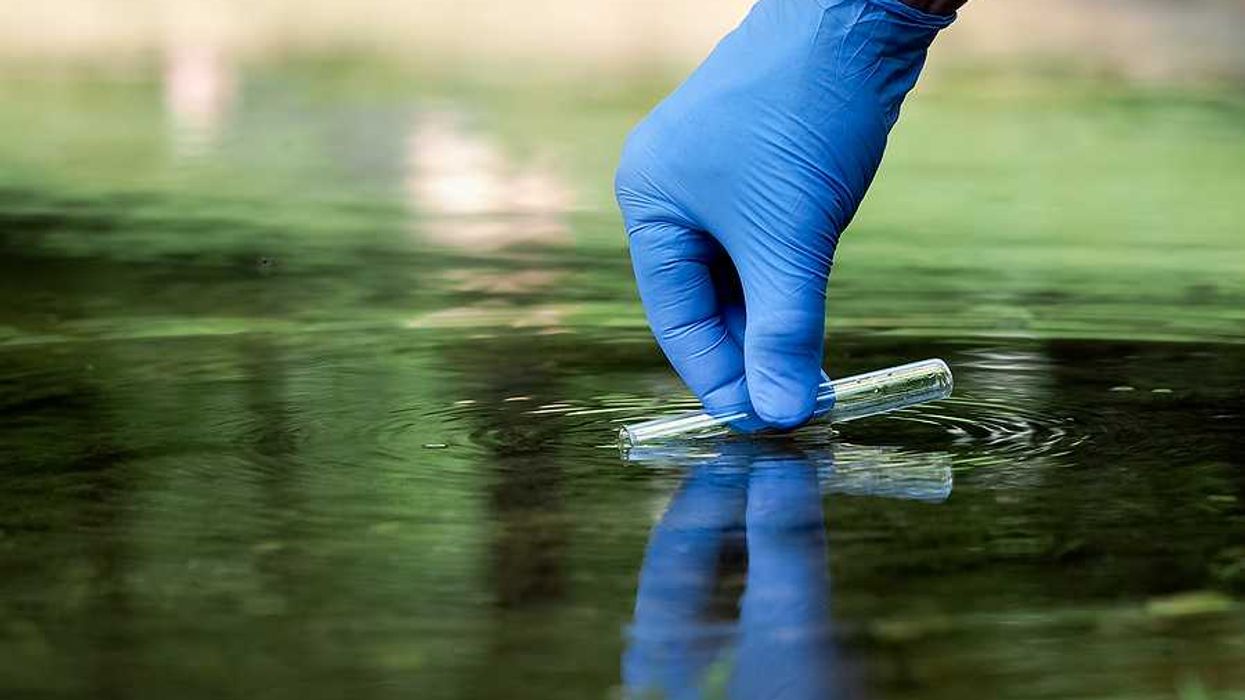Iowa’s deteriorating water quality, driven by industrial agriculture and lax regulation, offers a preview of the environmental consequences of the Trump administration's campaign to roll back federal safeguards.
Keith Schneider writes for Circle of Blue.
In short:
- More than half of Iowa’s monitored rivers are officially impaired, and most recreational lakes suffer annual toxic algal blooms; the state also now has the second-highest and fastest-rising cancer rate in the country.
- Industrialized farming in Iowa, which dominates 30 million of the state’s 36 million acres, is the largest U.S. source of nitrate pollution, linked to cancer and responsible for worsening the Gulf of Mexico’s “dead zone.”
- Trump’s current environmental agenda, framed as a push for economic growth, echoes Iowa’s decades-long rollback of protections and research, including recent cuts to water-quality monitoring and efforts to shield polluters from lawsuits.
Key quote:
Environmental safeguards are “a drag on progress.” By allowing industry to evade regulation and increase polluted discharges to air and water, “we can stimulate innovation and deliver prosperity to everyday Americans.”
— Statement from President Trump, April 2025
Why this matters:
Iowa is a cautionary tale for what happens when industrial farming meets weakened environmental oversight. The state's water systems are saturated with nitrate pollution from fertilizer and manure — substances increasingly linked to cancer and reproductive health risks. Iowa’s runoff travels down the Mississippi River, fueling a massive low-oxygen “dead zone” in the Gulf of Mexico, which threatens marine life and the fishing industry. Meanwhile, rising cancer rates suggest serious human health costs. The story matters beyond Iowa, as similar policies take hold nationwide. As regulatory agencies shrink and polluters face fewer checks, communities could lose the basic protections that keep their air, land, and water safe.
Related: Iowa residents press for urgent action on farm pollution as water crisis deepens





